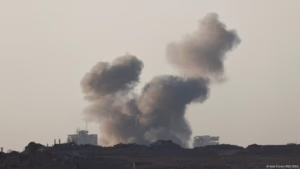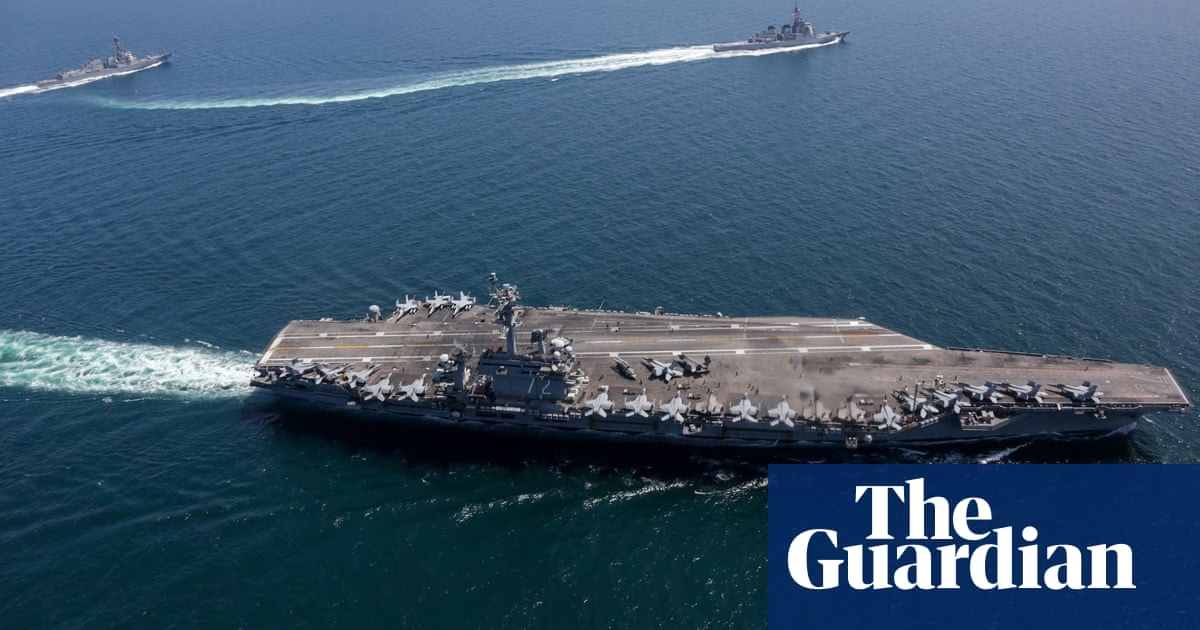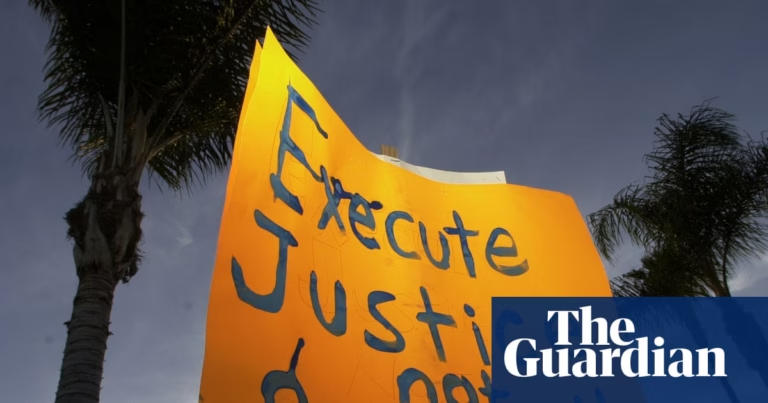Japan is planning to deploy long-range missiles on its southern island of Kyushu amid concerns around the Trump administration’s stance towards its security pacts and ongoing regional tensions. The missiles, with a range of approximately 1,000 kilometers, would be capable of reaching targets in North Korea and China’s coastal regions and are set to be deployed next year in two bases with existing missile garrisons. This deployment aims to enhance the defenses of the strategically significant Okinawa island chain and is part of Japan’s development of “counterstrike capabilities” in response to potential attacks, according to reports from the Kyodo News agency, citing government sources.
The deployment of long-range missiles on the Okinawa islands, which are situated within 110 kilometers of Taiwan, is considered unlikely due to potential provocation of China. These islands already host numerous batteries with shorter-range missiles. “As threats from China and North Korea continue to mount, it is natural for Japan to counter such threats with more effective weapon systems,” stated Yoichi Shimada, a professor emeritus at Fukui Prefectural University. He believes that Japan should rapidly take measures, including the deployment of longer-range missiles, to strengthen its security.
On March 6, U.S. President Donald Trump voiced his displeasure with the Japan-U.S. security treaty, claiming that while the U.S. protects Japan, Japan does not reciprocate. He also pointed out Japan’s significant economic gains from its relationship with the U.S., questioning the reasoning behind such deals. The treaty was initially signed in 1951 when Japan was under U.S. occupation. Japan’s ability to engage in military action is restricted by its pacifist Article 9 of the constitution, imposed by Washington after World War II.
Shimada believes that proactive measures, such as boosting its missile systems, will fortify the ties between the U.S. and Japan. He also considers demands from the Trump administration for reciprocal defense arrangements with Japan to be reasonable. However, Trump’s statements on allies and fellow NATO members, including Canada and Denmark, have raised concerns among some in Japan regarding the administration’s commitment to honoring longstanding treaties, according to Robert Dujarric of Temple University in Tokyo.
“I believe that Japan underestimates the risk of turning toward a more aggressive, Japan-centric defense policy,” Dujarric stated. He also mentioned that even in the event of a Chinese attack on Japan, there is no guarantee that the U.S. under Trump would take any action. The new missile systems will be deployed in two Ground Self-Defense Force (GSDF) bases, Camp Yufuin in Oita, and Camp Kengun in Kumamoto, both of which are already equipped with missile batteries. These new weapon systems are reported to be upgraded versions of the GSDF’s Type-12 land-to-ship guided missiles.
This move towards longer-range missiles is just one part of Japan’s gradual increase in military capacity. The country needs to reassess its security policy in light of the changing geopolitical landscape, said Dujarric. If Japan feels that it can no longer rely on U.S. military support, it may trigger a discussion on acquiring nuclear weapons, a previously taboo subject in Japan due to the atomic bombings of Hiroshima and Nagasaki.
Source: https://www.theguardian.com/world/2025/mar/17/japan-long-range-missiles-north-korea-china-us-security-pact







